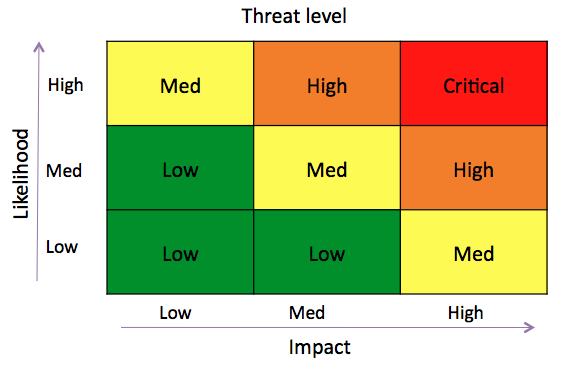The following is an article which appeared in the Activity Industries Mutual (AIM) Newsletter in autumn 2013, written by D. J. Ball and L. Ball-King, and which we reproduce here with permission of AIM.1
We are fortunate in being able to devote some of our work time to things in which we enjoy participating, namely, adventure activities. Consequently, over the last few years, we have had the rare luxury of being able to research the conduct of risk assessment and how it is applied and interpreted, not just in shops and factories, the finance sector, and the courts, but also adventure pursuits. This has identified a series of what we believe to be deep issues affecting a surprisingly broad swath of life beyond the conventional factory fence.
First, we would like to draw attention to continuing disconnects over the meaning of that, for us, crucial word – ‘risk.’ We define risk as the likelihood that some particular thing will happen as a result of exposure to some hazard. So, for instance, in the aftermath of some accident, the immediate question which springs to mind is ‘What was the prior risk of that event?’ leading to the follow-up question which is ‘Was that level of risk acceptable in the circumstances?’ Furthermore, we are not thinking here about the subjective risk (‘it looks dangerous’), but the objective risk (‘it might look dangerous but what is the reality?’).
Experiences in court, however, have shown that expert witnesses and enforcement agencies are not consistently applying this approach. Instead, the logic sometimes followed is what Professor Ragnar Löfstedt has called a hazard-based approach. Basically, this seeks to identify hazards and then to eliminate or control them. In contrast, a risk-based approach would identify hazards, assess the risk, and then decide what control is warranted in the circumstances. Which approach is correct? Mark Hoban, Minister for Employment, summarised the position in February 2013 when, in the context of the government’s reforms of health and safety including the Löfstedt review, he said: We need to implement the remaining measures in both reports as well as continue to identify areas where further reforms are needed to create a modern, simplified, risk-based framework for health and safety in Great Britain.”2
We take it as unassailable that the risk-based approach is fundamental to the national risk control philosophy. It is, after all, enshrined in the requirement of the Health and Safety at Work etc Act to do what is reasonable practicable. Second, assessing risk of some hazardous activity is, contrary to advice often given, not easy. As Professor John Adams has said “It’s not rocket science. It’s much harder.” We agree, and recent research supports this contention. Risk assessors, especially when parachuted in from some external setting, find it very difficult to quantify consistently the risk of harm from activities and situations. The primary means of quantifying risk include use of accident statistics (if they exist) and personal experience through immersion in the sector of interest. Thus, if you are an outsider, you will be in a weak position to assess risk. This is one of the reasons why AALA has been held in such high regard. As initially set up, it was staffed by sector experts who had been immersed in the industry throughout their lives. The danger was, when AALA was subsumed by the HSE, that a hazard-based factory culture of risk control would take over which was also comparatively uninformed about actual risk levels and more driven by perception. If your experience derives from shopping malls and office environments, the natural world can appear an horrendously dangerous place.
Third, we have observed a tendency in litigious settings for the prosecution, and their experts, to demand evidence of proper governance and appropriate management systems. The question, seldom asked, is ‘What is proper governance and a proper management system in the circumstances?’ You don’t need to be an expert in management to know that there are different management styles and one size does not best fit all circumstances.
Over the decades, health and safety has developed an increasingly autocratic, command-and-control
structure with numerous written protocols to be followed. While this may work in some situations the downside is that it shifts responsibility away from front-line professionals. We think that what is most effective in managing the safety of adventure participation is the training and experience of leaders who need more autonomy than might be expected of a factory environment.
These thoughts lead us to a number of considerations:
• it appears imperative to us that any new and future regulatory body for adventure activities be populated by persons with contributory expertise and thus drawn from the adventure sector
• that a risk-based philosophy must be pursued
• that it not be pretended that risk assessment is easy (that’s one reason why you need in-house experts)
• that there is a fundamental difference between managing risk in factories and the natural environment, the latter being undertaken in order to realise benefits3 and which implies the need to trade-off risk of injury against gains in things like health, enjoyment etc
• in seeking support or advice via external agencies it is important to ensure that they have the relevant insight into your sector
1. http://www.activitiesindustrymutual.co.uk/sites/default/files/uploads/misc/On%20Target%20Autumn%202013.pdf).
2. https://www.gov.uk/government/uploads/system/uploads/attachment_
data/file/92634/progress-report-health-safety-reforms-feb-2013.pdf
3. See article by James Willis, On Target, Autumn 2012.

